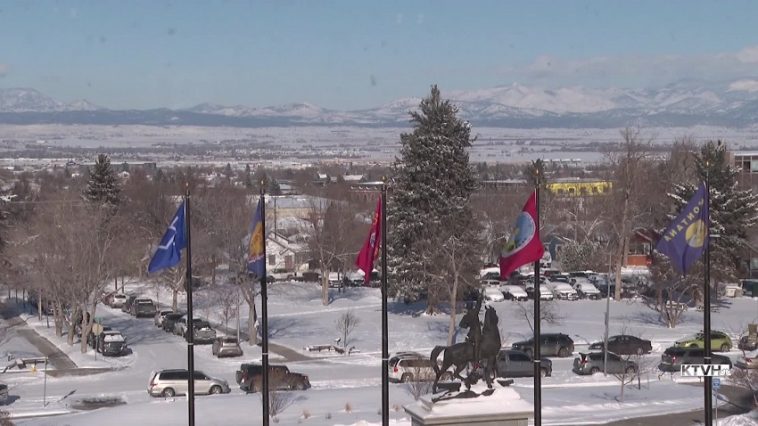Missoula, MT – Montana lawmakers are actively debating how to structure potential income tax cuts during the 2025 legislative session. With Governor Greg Gianforte and Republican leaders in the state’s House and Senate expressing support for tax reductions, a variety of proposals are being considered, though key differences remain.
Currently, Montana’s tax system has two income tax brackets: individuals pay a 4.7% rate on income up to $20,500, with a 5.9% rate applied to earnings above that threshold. For married couples filing jointly, the thresholds are set at $41,000 for the first bracket and $41,000-plus for the second.
House Bill 337: A Gradual Cut for All
On Wednesday, the House Taxation Committee heard testimony on House Bill 337, introduced by House Speaker Brandon Ler (R-Savage). If passed, the bill would reduce the top income tax rate from 5.9% to 5.4% by 2027, and would raise the threshold for the bottom bracket to $100,000 for individuals and $200,000 for married couples.
Ler argued that the bill would provide broad-based relief, stating, “This is a bill I see that will help out everybody, from the low-income to your higher-income earners, and it will be spread across so that there’s, in my mind, no winners or losers here – every resident of the state of Montana will get an income tax break.”
Once fully implemented, the bill is expected to reduce state tax revenue by approximately $300 million.
However, the proposal has faced opposition, with critics asserting that the tax cuts would disproportionately benefit wealthier Montanans. Opponents also raised concerns that such a significant revenue loss could undermine funding for state services. Ler responded by suggesting that the state could make up for the lost revenue by attracting more businesses and residents to Montana.
Senate Bill 203: Immediate Relief for Middle-Class Families
Meanwhile, Senate President Matt Regier (R-Kalispell) has voiced support for Senate Bill 203, introduced by Sen. Mike Yakawich (R-Billings). The bill, which will be heard in committee Thursday, would not change the state’s income tax rates but would immediately increase the threshold for the bottom bracket, aligning it with the changes proposed in HB 337.
Yakawich emphasized that his proposal targets middle-class families. “A family with kids making $100,000, both working, paying for daycare and everything else – it’s really middle class, and they’re struggling, so I really want to help them,” he said.
A fiscal analysis by the governor’s budget office estimates that SB 203 would reduce state tax collections by about $220 million in the first two years after it is fully implemented.
Balancing Tax Relief with Fiscal Responsibility
Both HB 337 and SB 203 are designed to provide tax relief, but they diverge in how quickly the changes would be phased in and who would benefit most. While HB 337 aims to offer relief across income levels gradually over several years, SB 203 seeks to provide more immediate assistance to middle-income families.
As the session progresses, lawmakers will need to consider the long-term impact of these tax cuts on the state’s budget. Proponents argue that reduced taxes could stimulate economic growth by attracting new businesses and residents to Montana, potentially offsetting the revenue loss. However, critics caution that a significant reduction in state revenue could jeopardize essential services, creating a delicate balance between providing tax relief and maintaining fiscal stability.
As discussions continue, it remains to be seen which proposal, if any, will gain enough support to pass through the legislative process and become law.



